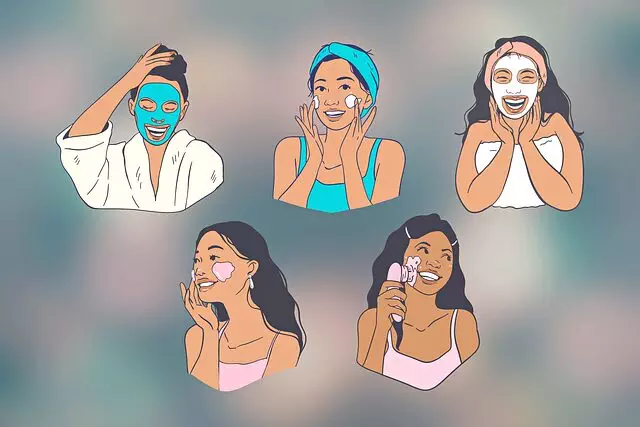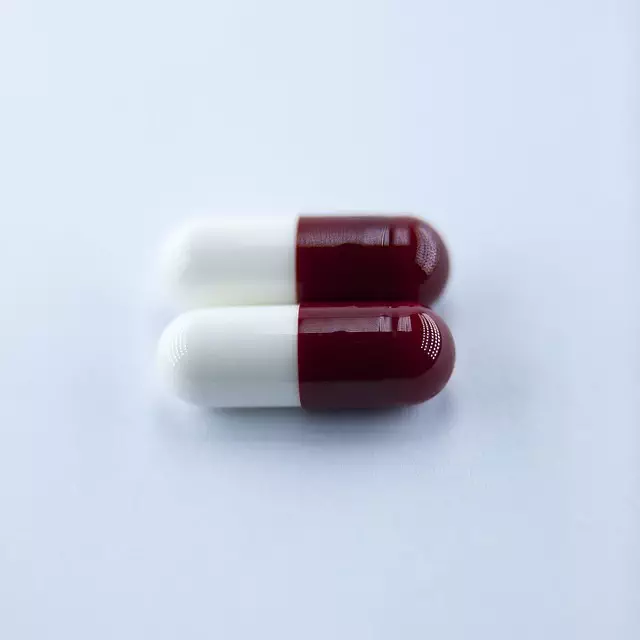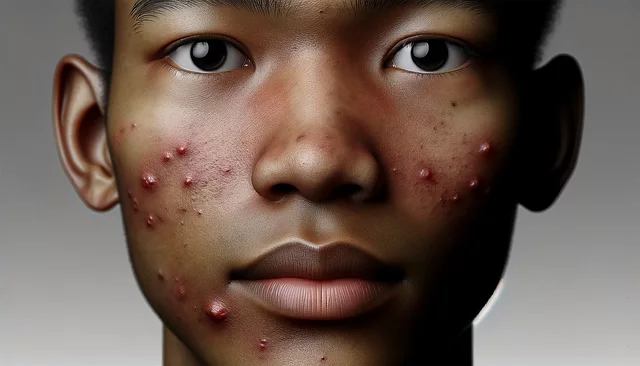Botox treatments have emerged as a leading non-surgical wrinkle reduction method, offering safe and effective results for combating fine lines and wrinkles around the eyes, forehead, and neck. These treatments work by temporarily paralyzing facial muscles responsible for dynamic wrinkling, providing immediate and subtle improvements with minimal downtime. Suitable for individuals with moderate to mild aging not responsive to over-the-counter skincare, Botox is a popular choice for those seeking natural-looking anti-aging results without surgery. However, proper consultation, aftercare, and awareness of potential side effects are crucial for ensuring positive outcomes and mitigating risks associated with these procedures.
“Uncover the secrets of youthful skin with non-surgical wrinkle reduction, a game-changing approach to skin rejuvenation. This comprehensive guide delves into the world of Botox treatments, offering a non-invasive solution for a more youthful appearance. From understanding the process to exploring its benefits and potential risks, we break down everything you need to know. Discover how Botox injections can smooth fine lines and wrinkles, providing long-lasting results. Learn about candidate selection, the step-by-step procedure, recovery, and maintenance tips, ensuring you’re well-informed before embracing this transformative treatment.”
Understanding Non-Surgical Wrinkle Reduction
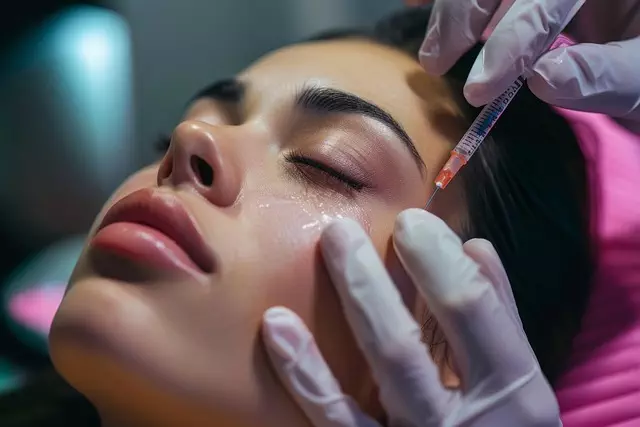
Non-surgical wrinkle reduction is a popular aesthetic procedure that offers a less invasive approach to achieving a youthful appearance. This method focuses on relaxing or reducing the appearance of fine lines and wrinkles, especially around the eyes and forehead, through various treatments. One of the most commonly used techniques in this category is Botox injections, which have gained significant popularity due to their effectiveness and minimal recovery time.
Botox treatments work by blocking nerve signals to specific muscles, preventing them from contracting and causing wrinkles. This process helps to smooth out existing lines and also prevents new ones from forming. Over time, repeated treatments can lead to more pronounced results, giving individuals a more relaxed and rejuvenated look. It’s an excellent option for those seeking a natural, non-surgical way to combat the signs of aging without extensive downtime.
The Role of Botox in Skin Rejuvenation

Botox has emerged as a popular and effective non-surgical wrinkle reduction method, offering a safe and minimally invasive approach to skin rejuvenation. Its primary mechanism involves relaxing specific muscles that contribute to the formation of dynamic wrinkles, particularly those caused by facial expressions like frowning or squinting. By temporarily paralyzing these muscles, Botox treatments smooth out fine lines and wrinkles, providing a more youthful appearance.
This cosmetic procedure has gained significant traction due to its rapid results and minimal downtime. It’s important to note that while Botox is most commonly associated with treating facial wrinkles, it can also be used for other areas such as neck bands and brow furrows. Skilled estheticians or dermatologists perform these treatments, ensuring precise injections for optimal outcomes.
How Botox Treatments Work
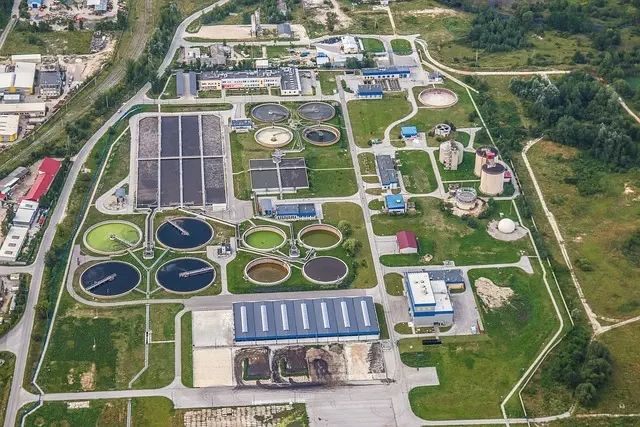
Botox treatments have revolutionized non-surgical wrinkle reduction, offering a safe and effective way to combat signs of aging. The key active ingredient, botulinum toxin (or Botox), is injected into specific muscles responsible for causing facial wrinkles. This neurotoxin temporarily paralyses or relaxes these muscles, preventing them from contracting and forming creases in the skin—a process that leads to wrinkles over time. By blocking these muscle signals, Botox treatments provide a significant improvement in the appearance of fine lines and furrows, offering both instant and long-lasting results.
The procedure is typically non-invasive, with minimal downtime, making it an attractive option for individuals seeking a youthful complexion without surgery. Botox is FDA-approved and has been extensively studied, ensuring its safety and efficacy when administered by qualified professionals. This approach not only addresses existing wrinkles but also serves as a preventive measure, helping to reduce the formation of new lines by relaxing muscles before dynamic wrinkling occurs.
Benefits of Non-Invasive Wrinkle Reduction

Non-invasive wrinkle reduction methods, such as Botox treatments, offer a multitude of benefits for those seeking to combat signs of aging without surgery. One of the primary advantages is their safety and minimal downtime. Unlike surgical procedures, Botox injections are quick, relatively painless, and don’t require extensive recovery periods. This makes it an attractive option for individuals with busy lifestyles who still want to achieve a youthful appearance.
Additionally, non-surgical wrinkle reduction provides natural-looking results. Botox works by temporarily paralyzing facial muscles that cause wrinkles, allowing the skin to smooth out and appear more youthful. When done correctly, the treatment enhances one’s natural beauty without appearing overly dramatic or artificial. This subtle enhancement can boost confidence and make individuals feel more comfortable in their own skin.
Candidate Selection for Botox Procedures

Not everyone is a candidate for Botox treatments, and determining eligibility is a crucial step in the non-surgical wrinkle reduction process. Ideal candidates typically present with moderate to mild signs of facial aging, such as fine lines or early crow’s feet, that have not responded well to over-the-counter skincare routines. It’s essential to consult a qualified healthcare provider who can assess your medical history and overall health to ensure Botox is the suitable choice.
During the consultation, the specialist will consider factors like skin type, muscle tone, and any existing medical conditions. Since Botox blocks nerve impulses that cause muscle contraction, it may not be advised for individuals with certain neuromuscular disorders or those taking medications that affect muscle function. Understanding these considerations helps ensure safe and effective Botox treatments.
The Procedure: Step-by-Step Guide

The non-surgical wrinkle reduction procedure, often involving Botox treatments, is a popular and effective way to combat signs of aging. Here’s a step-by-step guide:
1. Consultation: Begin with a thorough consultation with your dermatologist or cosmetic specialist. They will assess your skin, discuss your expectations, and determine the appropriate treatment plan, including the amount and type of Botox needed for optimal results.
2. Preparation: Before the procedure, avoid certain medications that may increase bleeding risk, as recommended by your provider. On the day of treatment, arrive at the clinic relaxed, and your skin will be cleansed to ensure proper absorption of the injectables.
3. Botox Injection: The specialist will use fine needles to inject Botox into specific muscle groups targeted for wrinkle reduction. These injections relax the muscles, preventing them from contracting and causing wrinkles. The process is typically quick, with minimal discomfort.
4. Aftercare: After the treatment, mild redness or swelling may occur, but these usually subside within a few hours. You can return to your daily activities immediately, though it’s best to avoid strenuous exercise for a short while. Results often start to appear within 24-48 hours, and full effects are usually visible after about a week.
Recovery and Aftercare Following Botox Injections

After receiving Botox treatments, it’s crucial to understand the recovery process for optimal results and minimal downtime. Typically, patients experience only mild redness or swelling at the injection sites, which usually subside within a few hours to a day. It’s recommended to avoid strenuous activities, saunas, or hot tubs for 24-48 hours post-treatment to prevent disruptions in the healing process.
Proper aftercare plays a significant role in ensuring the longevity of your wrinkle reduction results. For the first week, steer clear of making up the treated areas to minimize contact with potential irritants. Using gentle, non-irritating skincare products and staying hydrated can aid in the healing process. Remember, following your dermatologist’s specific advice for post-Botox care is essential to achieving the best possible outcome.
Common Side Effects and Risks

While non-surgical wrinkle reduction methods like Botox treatments are popular, it’s crucial to be aware of potential side effects and risks. Common temporary side effects include mild bruising, swelling, or redness at the injection site. In some cases, patients may experience headaches, muscle weakness, or fatigue post-treatment. These symptoms usually subside within a few days.
However, less common but more serious risks are also associated with Botox treatments. These can include asymmetry in facial expression, difficulty swallowing, and unexpected muscle weakness extending to other parts of the body. It’s essential to consult a qualified healthcare provider who can assess your suitability for the procedure and discuss these potential outcomes in detail before proceeding with any Botox treatment.
Long-Term Results and Maintenance

Non-surgical wrinkle reduction methods, such as Botox treatments, offer more than temporary solutions. The effects of these procedures can last for several months, providing a noticeable improvement in skin appearance and reducing the need for frequent touch-ups. This long-term approach is especially appealing to those seeking sustained results without repeated surgeries.
To maintain the reduced wrinkles, periodic top-up sessions are typically required. The frequency of these maintenance treatments varies based on individual factors, such as skin type and lifestyle. Regular upkeep ensures that the initial results are preserved, allowing individuals to enjoy a more youthful complexion for an extended period without significant changes in their daily routines.
